Home>Gardening & Outdoor>Landscaping Ideas>How To Kill Grass Growing Through Mulch
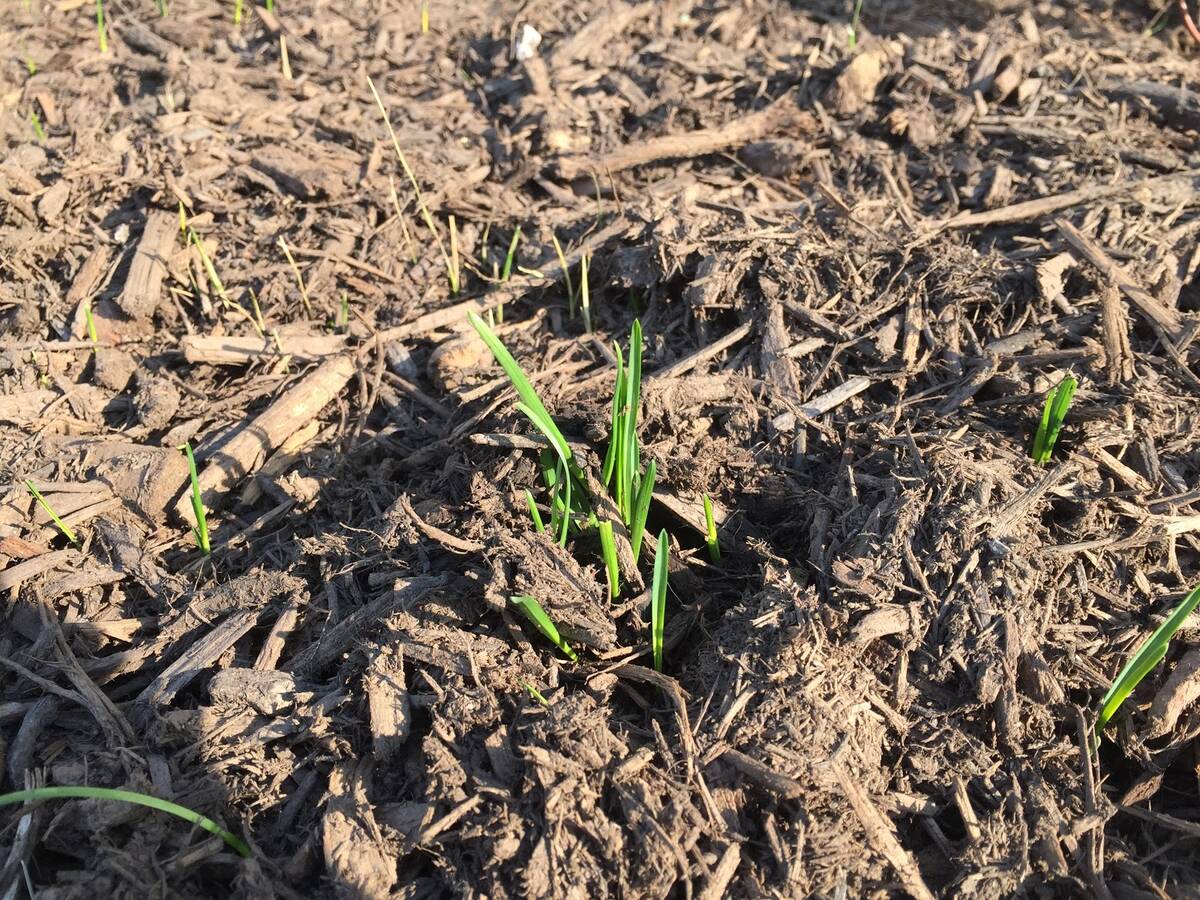

Landscaping Ideas
How To Kill Grass Growing Through Mulch
Modified: October 18, 2024
Learn effective landscaping ideas to kill grass growing through mulch. Discover practical solutions for maintaining a pristine garden.
(Many of the links in this article redirect to a specific reviewed product. Your purchase of these products through affiliate links helps to generate commission for Storables.com, at no extra cost. Learn more)
Introduction
Dealing with grass growing through mulch can be a frustrating challenge for any landscaping enthusiast. Mulch is a valuable tool for retaining moisture, suppressing weeds, and enhancing the aesthetic appeal of garden beds. However, when grass starts to infiltrate the mulched areas, it can detract from the overall beauty of the landscape and create a maintenance headache.
In this comprehensive guide, we will explore effective methods for eradicating grass that has infiltrated mulched areas. Additionally, we will delve into preventive measures to stop grass from encroaching on mulch in the future. By the end of this article, you will be equipped with the knowledge and strategies needed to maintain pristine mulched areas that are free from unwanted grass growth.
Let's dive into the various techniques and best practices for addressing this common landscaping dilemma.
Key Takeaways:
- Say goodbye to grass in your mulched areas! Use manual removal, smothering, natural herbicides, and re-mulching to eliminate unwanted grass and keep your garden beds pristine.
- Keep grass at bay by using landscape fabric, proper mulch installation, edging, regular maintenance, and strategic mulch selection. Preventing grass from infiltrating mulched areas ensures a beautiful, weed-free landscape.
Read more: What To Do When Grass Grows Through Mulch
Understanding the Problem
Grass infiltrating mulched areas is a common issue that arises due to the resilient nature of grass and the potential for mulch to break down over time. When grass starts to grow through mulch, it not only compromises the visual appeal of the landscape but also competes with desirable plants for nutrients and water. Understanding the underlying factors contributing to this problem is crucial for implementing effective solutions.
One of the primary reasons for grass growth through mulch is the presence of viable grass seeds in the soil beneath the mulch. These seeds can remain dormant for extended periods and germinate when conditions are favorable, leading to the emergence of grass in the mulched areas. Additionally, grass rhizomes or stolons may extend into the mulch from adjacent lawn areas, further exacerbating the issue.
Moreover, the breakdown of mulch over time can create an environment conducive to grass growth. As mulch decomposes, it provides organic matter that can support the germination and establishment of grass seeds. This process is particularly prevalent in mulch types that decompose relatively quickly, such as wood chips or shredded bark.
Furthermore, inadequate mulch depth or coverage can contribute to grass infiltration. Thin or patchy mulch layers may not provide sufficient suppression of grass growth, allowing grass to penetrate the mulched areas and establish roots.
Understanding the interplay of these factors is essential for devising effective strategies to address grass growing through mulch. By comprehending the mechanisms driving grass infiltration, landscaping enthusiasts can implement targeted solutions to mitigate this issue and preserve the integrity of their mulched areas.
Methods for Killing Grass Growing Through Mulch
When confronted with grass infiltrating mulched areas, it's essential to employ effective methods to eradicate the unwanted vegetation while preserving the integrity of the surrounding plants and mulch. Here are several proven techniques for eliminating grass that has encroached on mulched spaces:
1. Manual Removal
- Hand Pulling: For small areas or isolated patches of grass, hand pulling can be an effective method. Grasp the grass at its base and gently pull upward, ensuring to remove the entire root system to prevent regrowth.
2. Smothering
- Newspaper or Cardboard: Covering the affected areas with several layers of newspaper or cardboard can effectively smother the grass beneath. This method deprives the grass of sunlight and oxygen, ultimately leading to its demise.
Read more: How To Kill Grass Growing In Gravel
3. Natural Herbicides
- Vinegar Solution: A solution of vinegar and water can be applied to the grass, effectively desiccating the foliage and roots. Be cautious when using this method, as vinegar can also affect surrounding plants.
4. Selective Herbicides
- Grass-Specific Herbicides: Selective herbicides designed to target grass species can be applied to the affected areas. Carefully follow the product instructions and consider the potential impact on nearby plants.
5. Solarization
- Plastic Sheeting: Covering the infested area with clear plastic sheeting can harness solar energy to raise the soil temperature, effectively killing the grass and its seeds through heat and lack of sunlight.
6. Re-Mulching
- Layering Fresh Mulch: Adding a fresh layer of mulch over the affected areas can help smother the grass and inhibit its regrowth. Ensure the new mulch layer is of adequate thickness to provide effective suppression.
It's important to assess the specific circumstances and extent of the grass infiltration before selecting a method for eradication. Additionally, considering the potential impact on surrounding plants and the environment is crucial when choosing a strategy. By employing these targeted methods, you can effectively eliminate grass growing through mulch and restore the pristine appearance of your landscaped areas.
Read more: How To Mulch Landscaping
Preventing Grass from Growing Through Mulch
Preventing the recurrence of grass infiltrating mulched areas is paramount for maintaining a well-manicured landscape. Implementing proactive measures to inhibit grass growth can save time and effort in the long run, ensuring that mulched spaces remain free from unwanted vegetation. Here are several effective strategies for preventing grass from encroaching on mulch:
1. Proper Mulch Installation
Ensuring the correct installation of mulch is fundamental in preventing grass infiltration. Begin by preparing the area by removing existing grass and weeds. Next, apply a weed barrier fabric before adding the mulch to provide an additional layer of protection against grass penetration. Properly installed mulch with adequate coverage and depth serves as a formidable deterrent to grass growth.
2. Landscape Fabric
Utilizing landscape fabric beneath the mulch can significantly impede grass from infiltrating the designated areas. This permeable fabric allows air and water to reach the soil while effectively suppressing weed and grass growth. When using landscape fabric, it's essential to secure the edges and seams to prevent grass from finding its way through any gaps.
3. Edging
Installing a physical barrier, such as plastic, metal, or stone edging, around mulched areas creates a distinct boundary that impedes the encroachment of grass from adjacent lawn spaces. Proper edging not only enhances the visual appeal of the landscape but also serves as a practical defense against grass infiltration.
Read more: What Is Grass Mulching
4. Regular Maintenance
Consistent maintenance practices, such as inspecting mulched areas for signs of grass growth and promptly addressing any emerging vegetation, are crucial for preventing the spread of grass. Regularly refreshing the mulch layer and addressing any thin or bare spots can fortify the suppression of grass and maintain the overall integrity of the mulched spaces.
5. Mulch Selection
Choosing the right type of mulch can contribute to the prevention of grass infiltration. Opt for dense, coarse mulch varieties that provide effective coverage and longevity. Additionally, selecting mulch with natural weed-suppressing properties, such as cedar or cypress, can further inhibit grass growth and minimize the need for frequent maintenance.
By implementing these preventive measures, landscaping enthusiasts can establish resilient barriers against grass infiltration, ensuring that mulched areas remain pristine and free from unwanted vegetation. Incorporating these strategies into your landscaping routine can help maintain the visual appeal and functionality of mulched spaces, allowing you to enjoy a well-maintained and weed-free landscape for years to come.
Conclusion
In conclusion, addressing the issue of grass growing through mulch requires a multifaceted approach that encompasses both eradication and prevention. By understanding the underlying factors contributing to grass infiltration and implementing targeted solutions, landscaping enthusiasts can effectively maintain pristine mulched areas that are free from unwanted vegetation.
The methods for killing grass growing through mulch, including manual removal, smothering, natural and selective herbicides, solarization, and re-mulching, provide a diverse array of options for eradicating unwanted grass while preserving the integrity of the surrounding plants and mulch. Each method offers unique benefits and considerations, allowing individuals to select the most suitable approach based on the specific circumstances and extent of the grass infiltration.
Furthermore, preventing grass from growing through mulch is paramount for long-term maintenance and visual appeal. Proper mulch installation, landscape fabric utilization, edging, regular maintenance, and strategic mulch selection serve as proactive measures to inhibit grass growth and maintain the integrity of mulched areas. By incorporating these preventive strategies into landscaping routines, individuals can establish resilient barriers against grass infiltration, ensuring that mulched spaces remain pristine and free from unwanted vegetation.
Ultimately, by combining effective eradication methods with proactive preventive measures, landscaping enthusiasts can overcome the challenge of grass growing through mulch and maintain immaculate garden beds and landscaped areas. This comprehensive guide equips individuals with the knowledge and strategies needed to address this common landscaping dilemma, empowering them to create and sustain visually stunning and well-maintained outdoor spaces.
Incorporating these best practices and techniques into landscaping routines will not only enhance the aesthetic appeal of outdoor environments but also contribute to the long-term health and vitality of plants and garden beds. With a proactive and informed approach, individuals can effectively manage grass infiltration in mulched areas, ensuring that their landscapes remain vibrant, weed-free, and visually captivating for years to come.
Frequently Asked Questions about How To Kill Grass Growing Through Mulch
Was this page helpful?
At Storables.com, we guarantee accurate and reliable information. Our content, validated by Expert Board Contributors, is crafted following stringent Editorial Policies. We're committed to providing you with well-researched, expert-backed insights for all your informational needs.
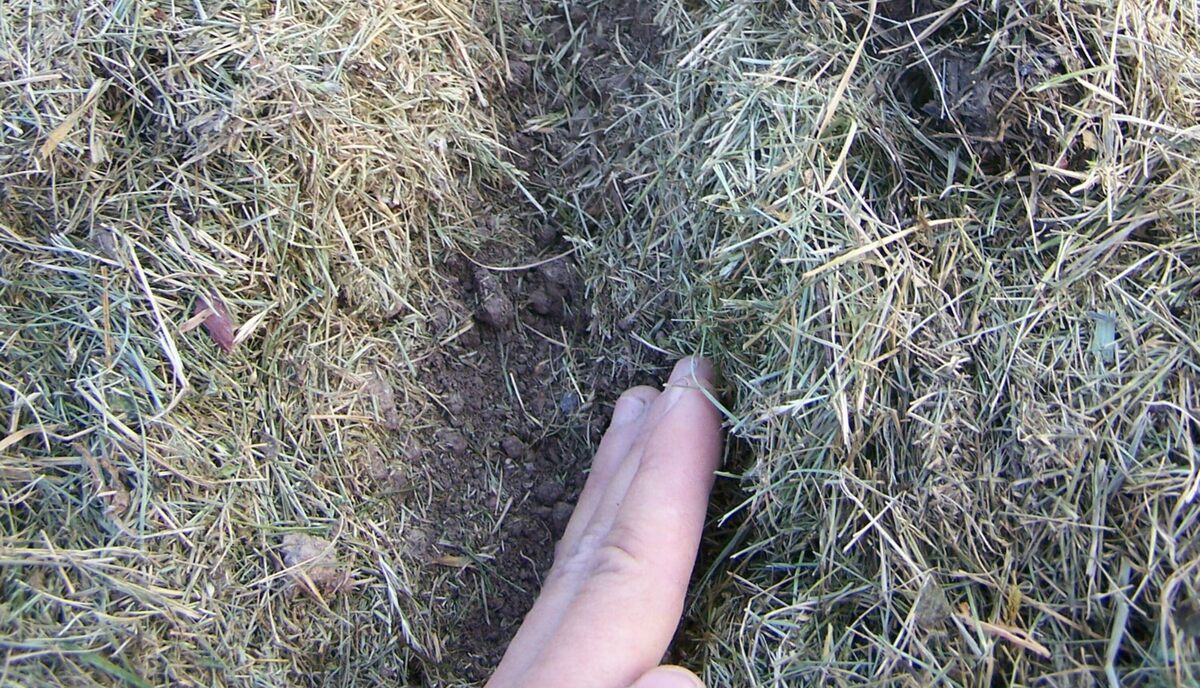

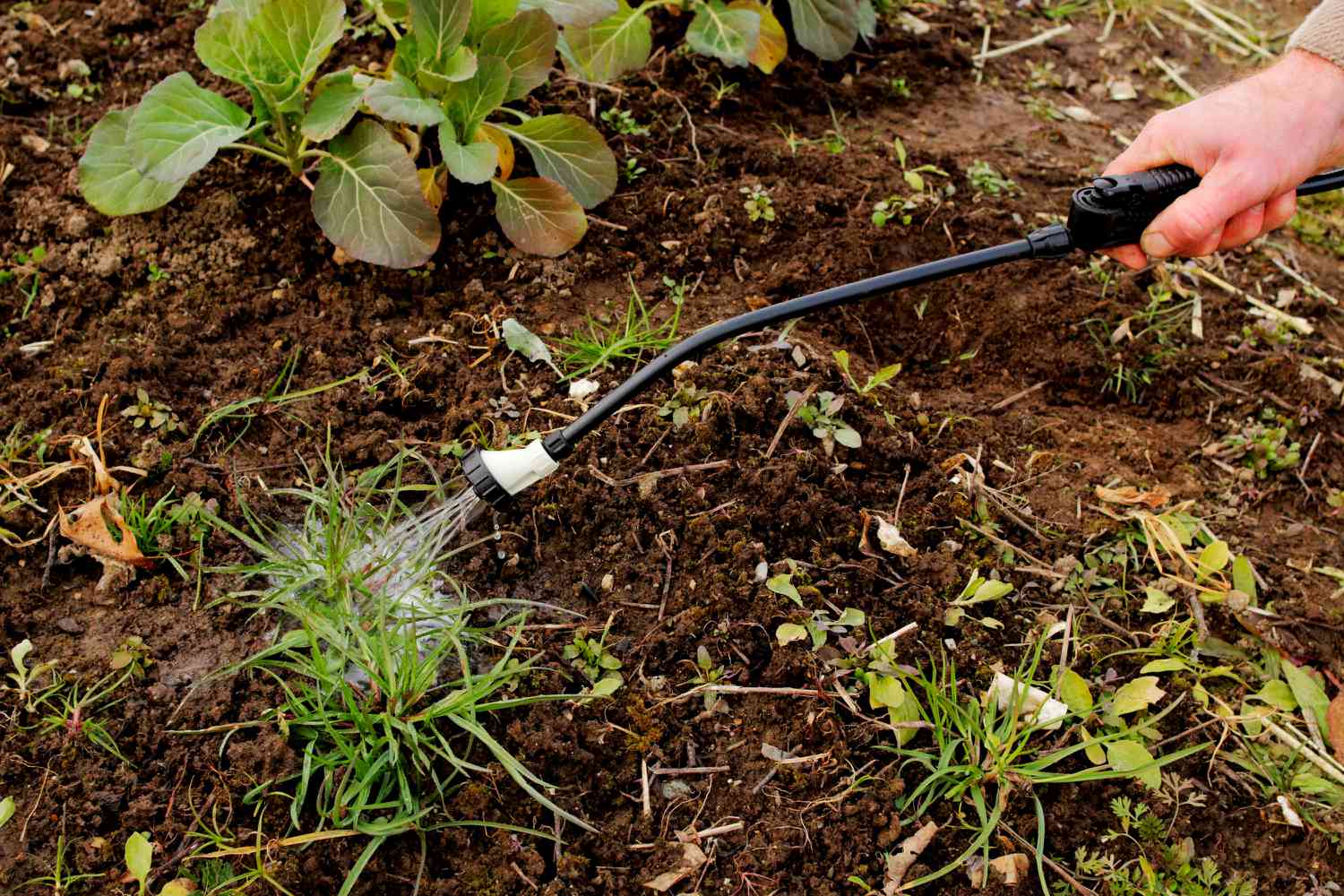
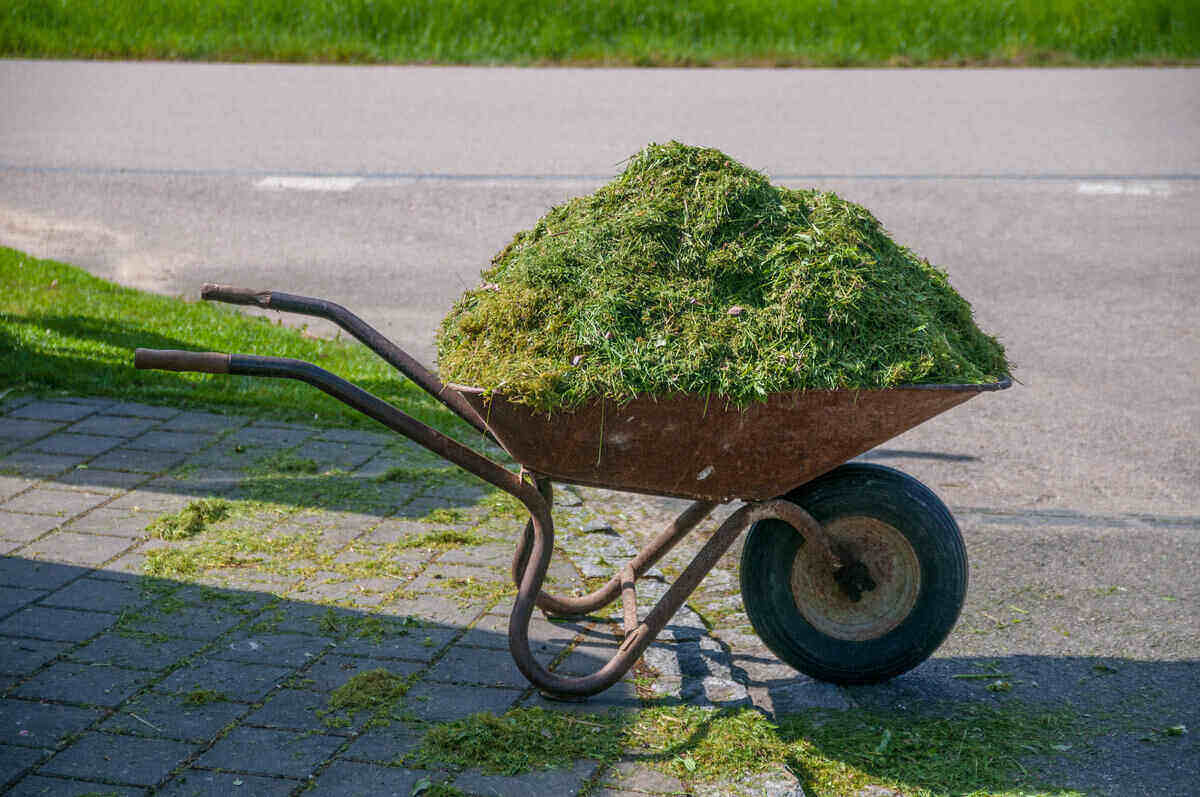
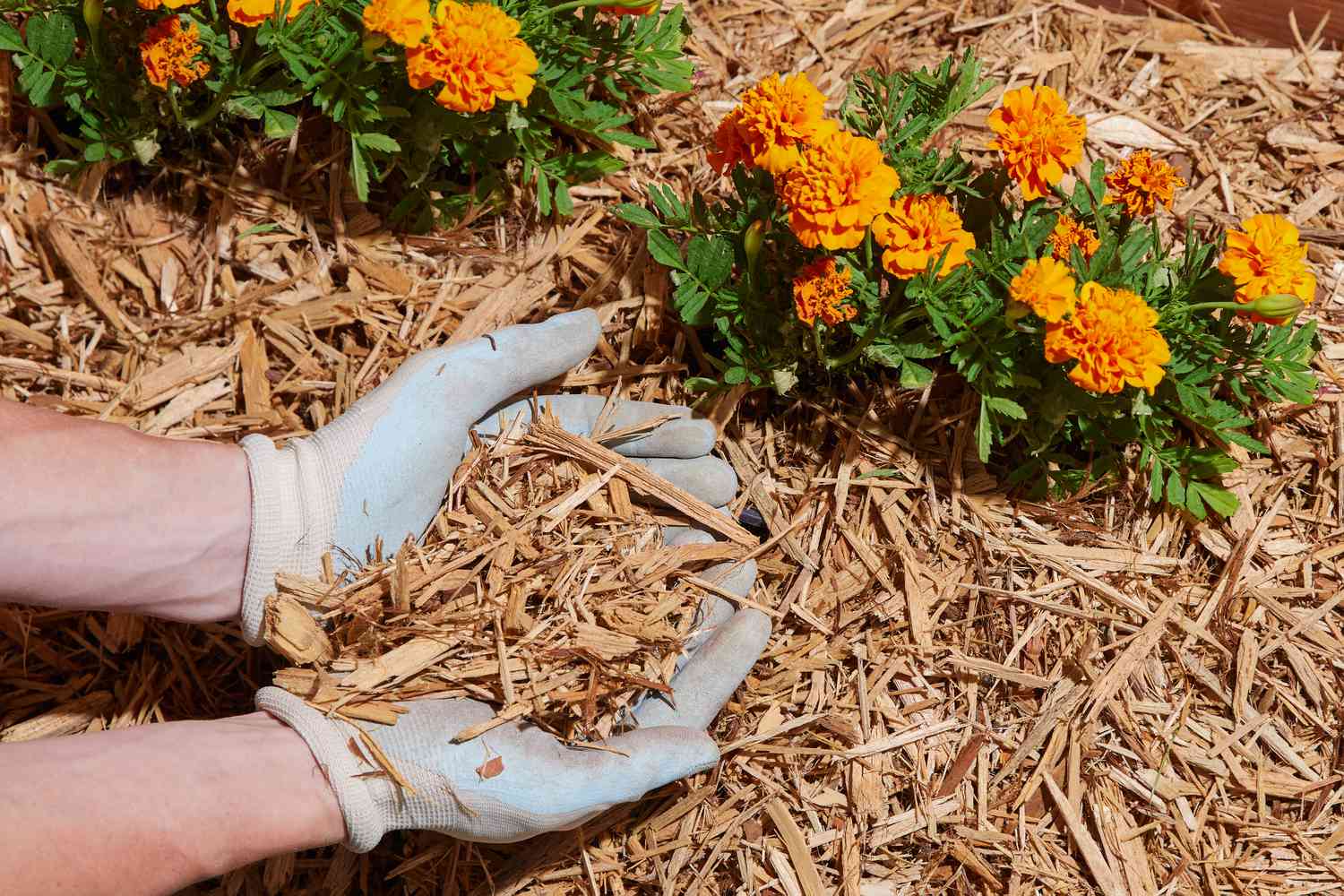
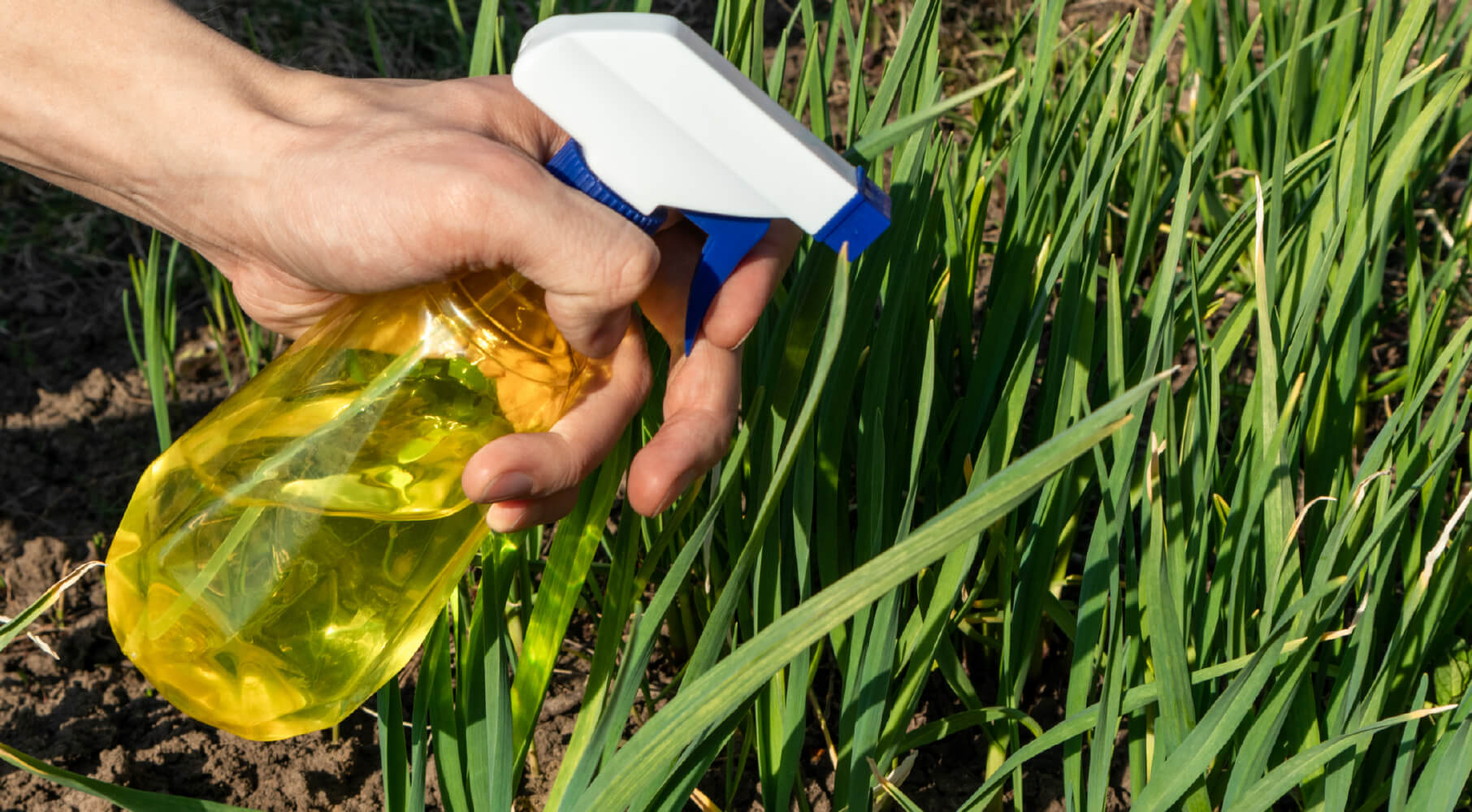
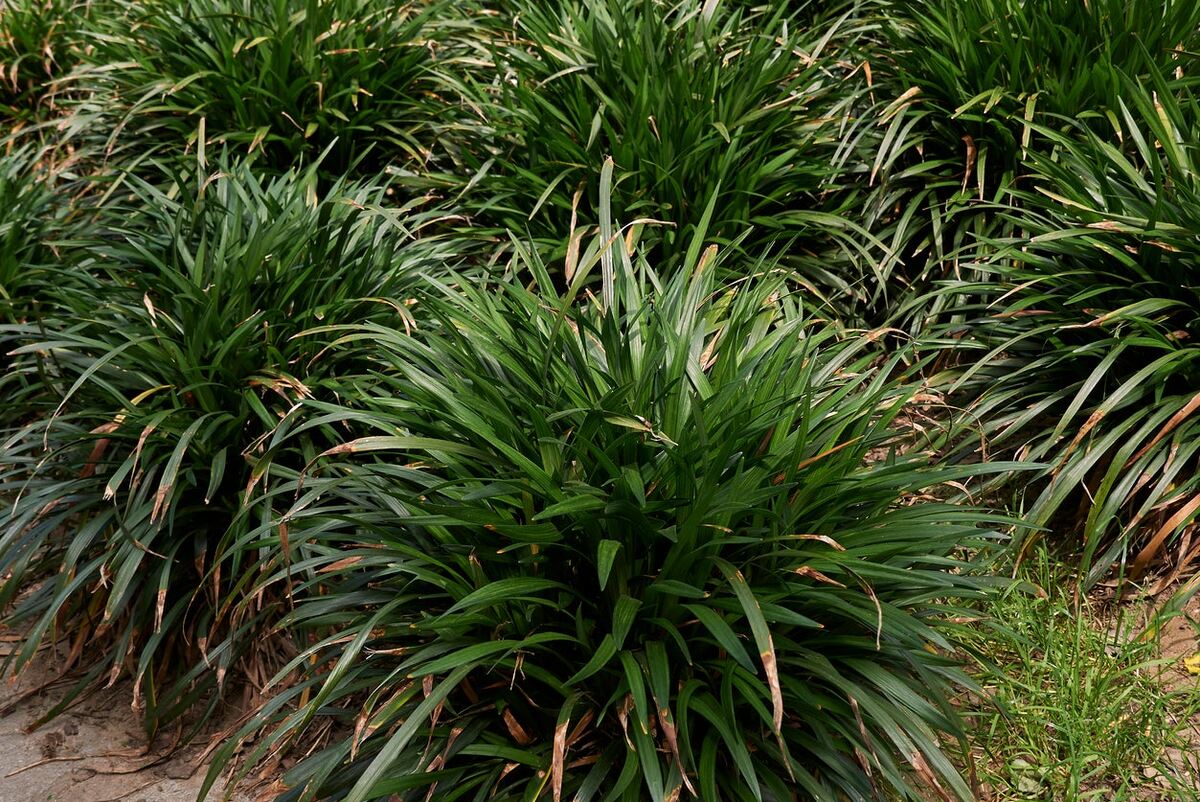
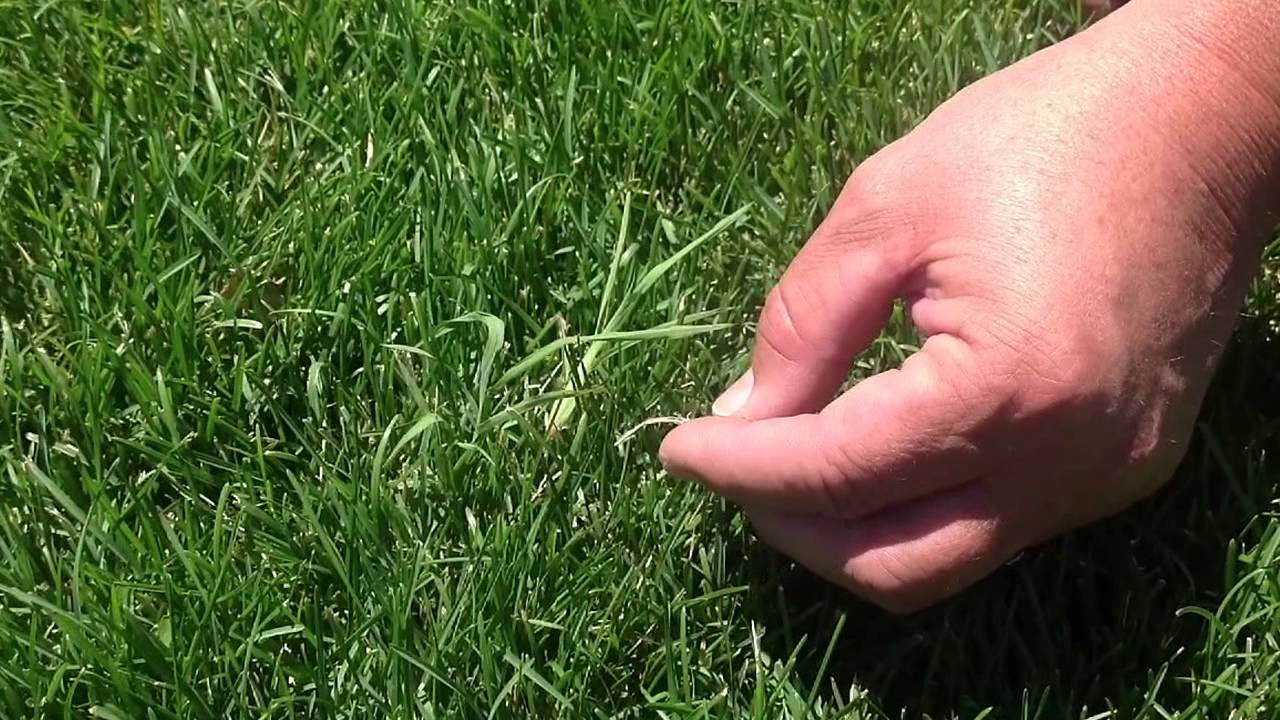
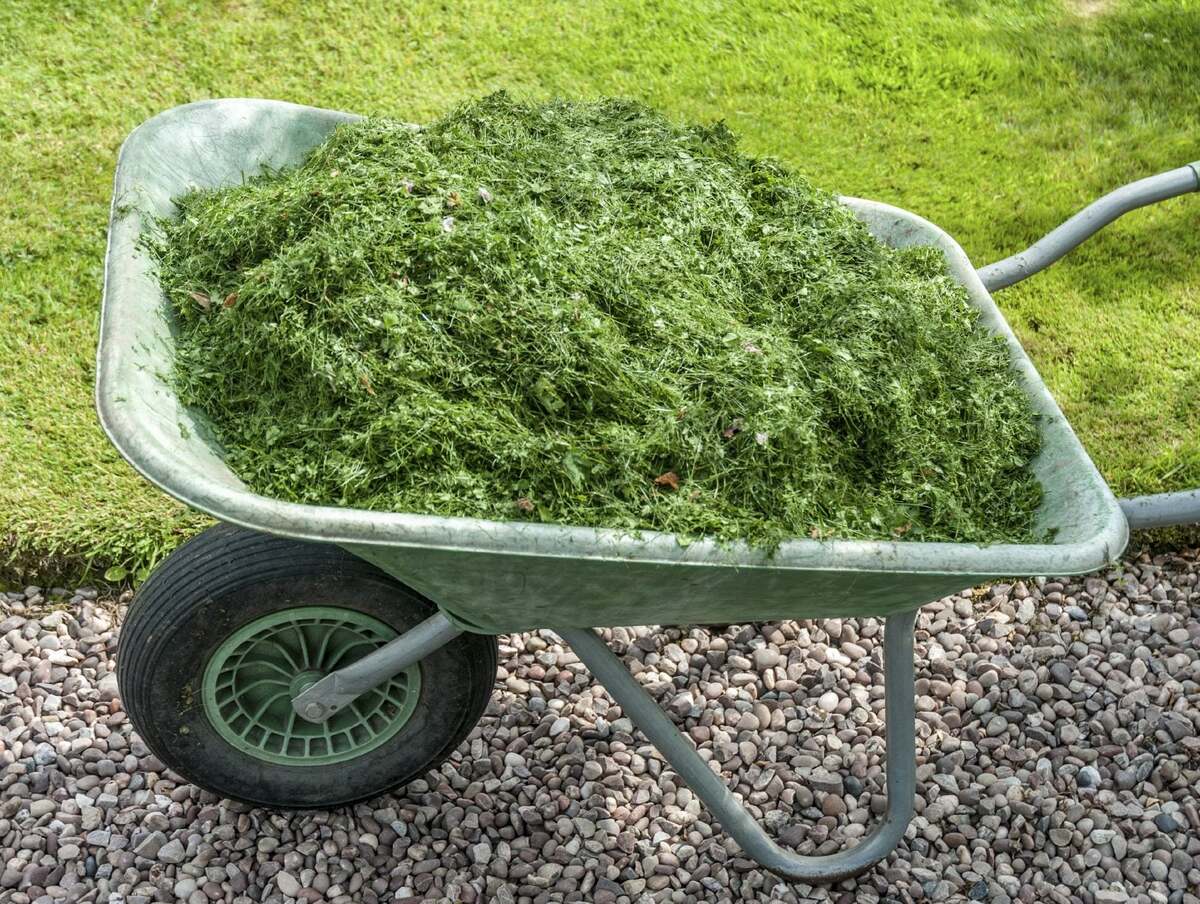
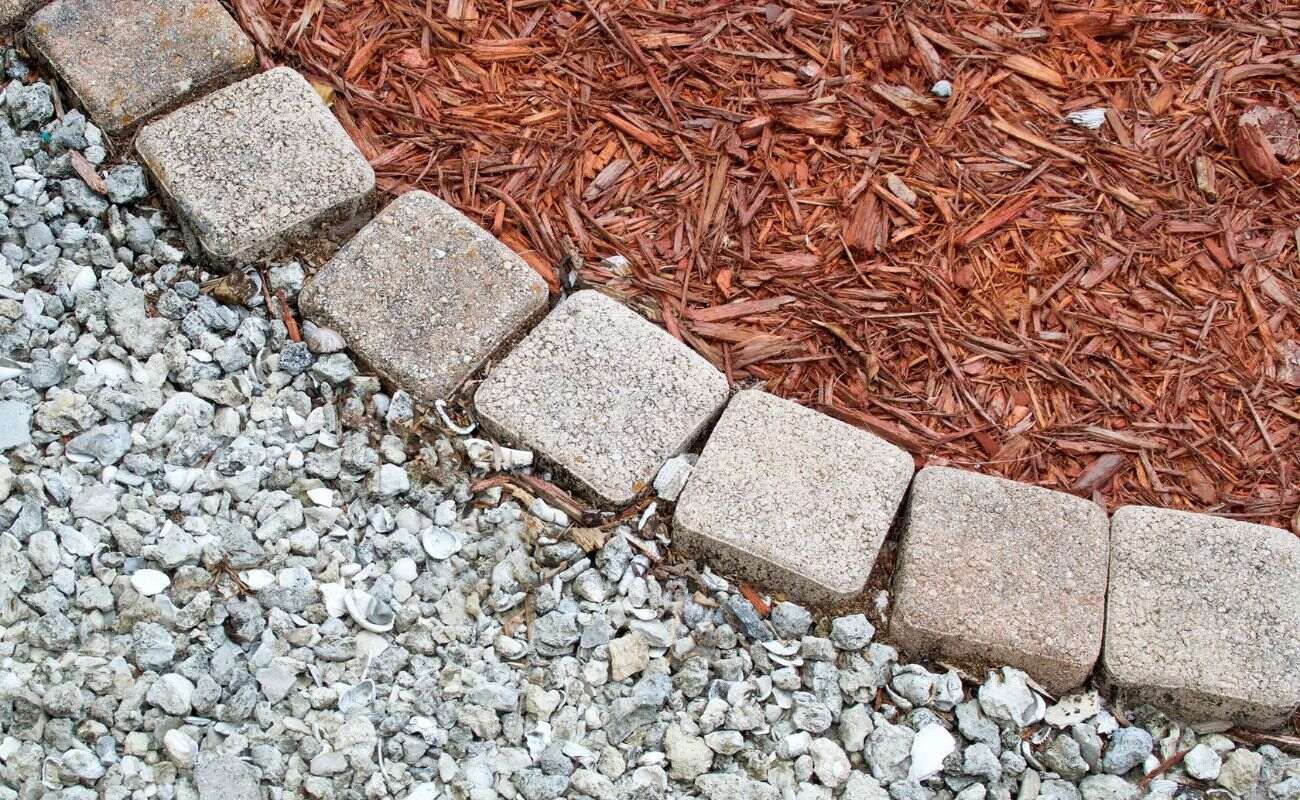
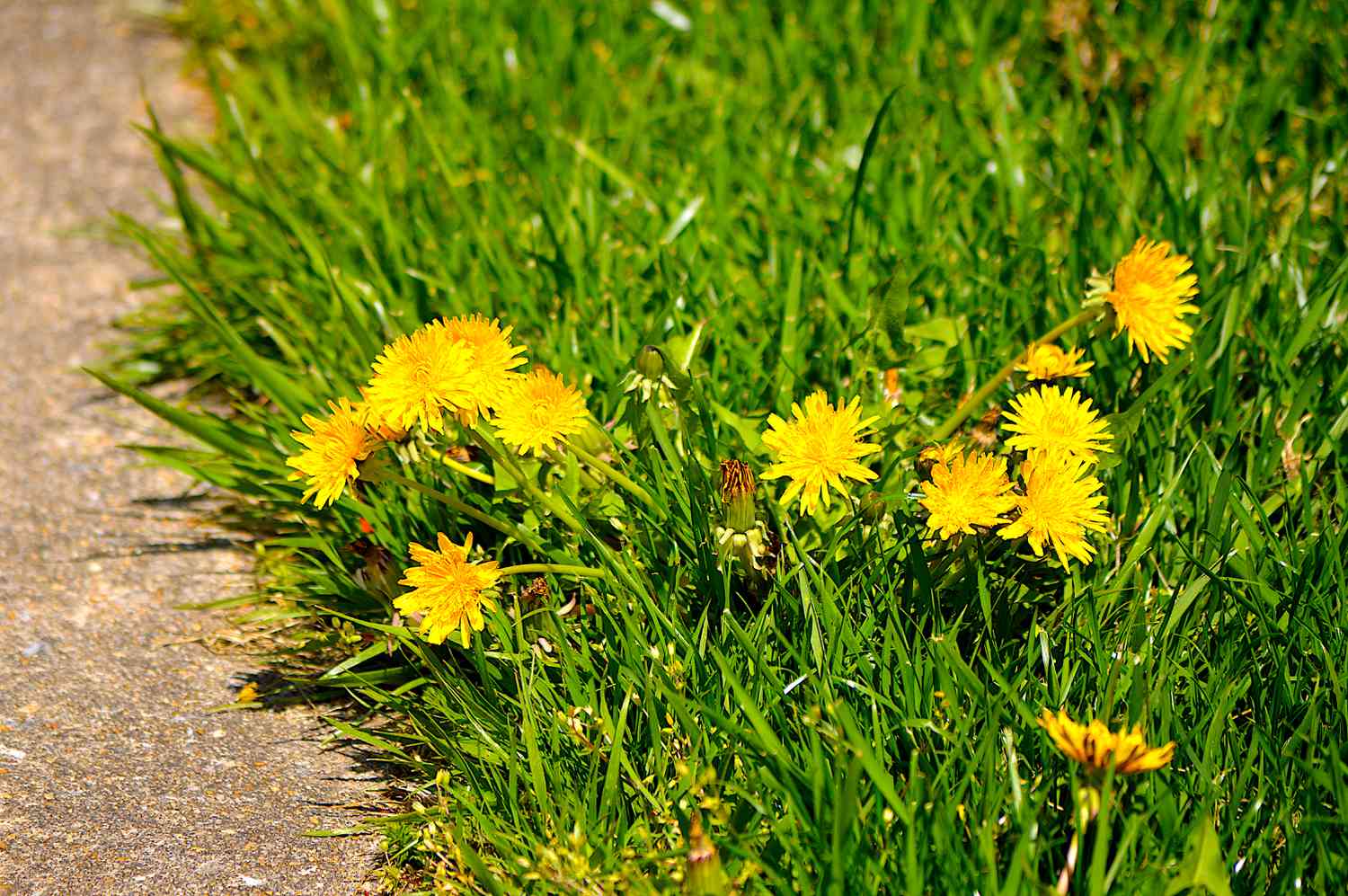
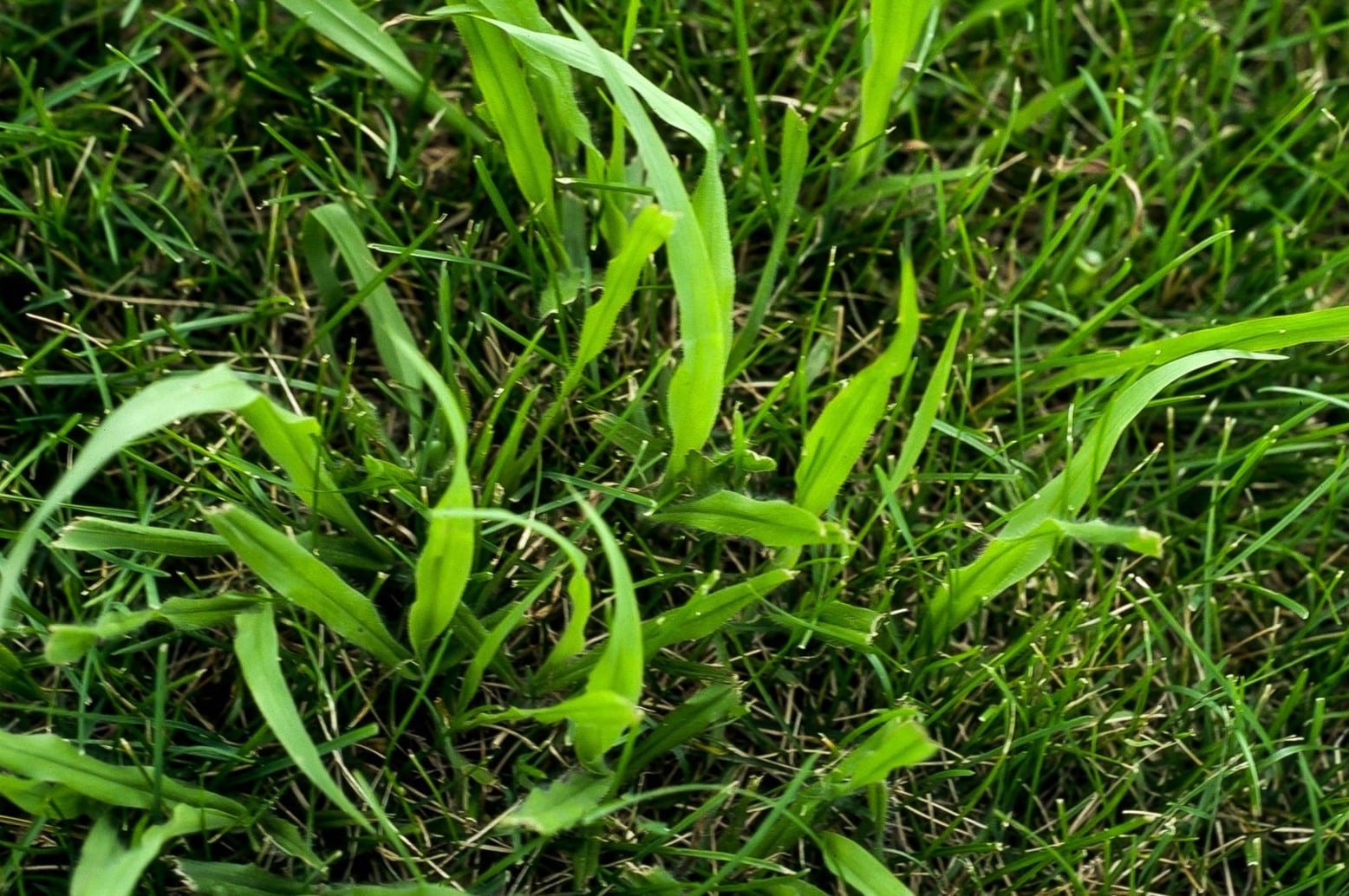

0 thoughts on “How To Kill Grass Growing Through Mulch”